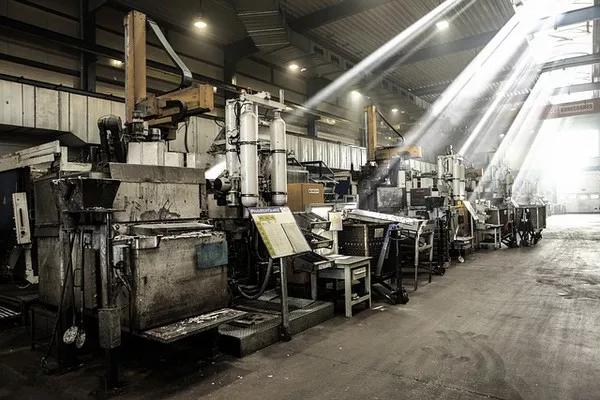As Halloween approaches, the annual debate over candy corn has once again taken center stage, with some people passionately defending this classic seasonal candy while others declare their disdain. The shiny tricolor kernels, featuring white, orange, and yellow sections, have become iconic symbols of the fall season and evoke strong opinions from fans and critics alike.
Proponents of candy corn often cite its sugary sweetness and distinctive, albeit divisive, texture. Candy corn enthusiasts argue that it’s a once-a-year treat worth indulging in, appreciating its unique waxy texture and tricolor appearance. Despite its polarizing nature, they maintain that candy corn’s unconventional qualities are precisely what make it delightful.
On the other hand, critics describe candy corn’s texture as plastic-like or candle-like, and they are unimpressed with its flavor. Despite its detractors, candy corn remains a market leader, with Brach’s producing around 30 million pounds of it annually for the fall season. In 2022, candy corn sales amounted to $75 million out of the total $88.5 million in candy corn sales, according to consumer research firm Circana.
Candy corn’s cultural influence extends beyond its divisive flavor, leading to a world of memes, home decor, fashion, knitted and crocheted creations, hairstyles, makeup trends, and nail designs inspired by this candy. Brands like Vans, Nike, and Kellogg’s have capitalized on the candy’s popularity by incorporating candy corn themes into their products, from shoes to cereal flavors.
While some celebrities, like Michelle Williams, have publicly declared their love for candy corn, there is no shortage of memes and social media posts that continue to fuel the debate.
Candy corn’s history is rich, dating back to the late 19th century when it was initially produced by Wunderle Candy Co. in Philadelphia. The candy’s original name was “Butter Cream,” and one variant was even called “Chicken Corn,” reflecting the agricultural society of the time. Over the years, the candy’s popularity grew, with companies like Goelitz Confectionery Co. (now Jelly Belly) and Brach’s joining the production.
While candy corn is known for its unique, sugary flavor, it remains a seasonal indulgence. Nutritionally, 19 candy corns contain approximately 140 calories and 28 grams of sugar, which is similar to many other Halloween candy staples.
Candy corn’s ingredient list includes sugar, corn syrup, confectioner’s glaze, salt, gelatin, honey, and various dyes, among other things, making it a straightforward yet divisive treat.
Fans of candy corn often have specific rituals, including nibbling by color, while others prefer to let it slightly stale for improved consistency. Some people even freeze candy corn for year-round enjoyment or create combinations with peanuts and other salty snacks.
For those who appreciate candy corn, it has become an essential part of the autumn season, akin to pumpkin spice lattes and cozy sweaters. In the end, the love-hate relationship with this seasonal treat persists, as candy corn enthusiasts and detractors continue to make their cases year after year.
Please note that candy corn remains a cherished and divisive tradition, with a wide range of opinions surrounding its unique flavor and texture.


